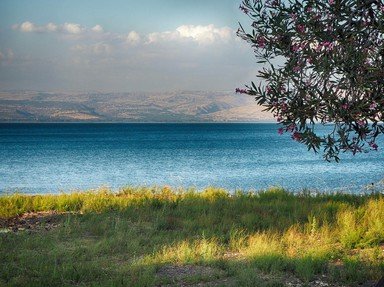Quiz Answer Key and Fun Facts
1. What was the location of the Garden of Gethsemane in which Jesus prayed for God to allow the "cup" to pass him by? (He was later arrested in the same garden.)
2. As recounted in the Bible, what European countries did Paul travel to during his tenure as a missionary?
3. Near which town in Israel (as it existed in Biblical times) did Jesus heal the blind man named Bartimaeus?
4. When the seventy disciples were sent out two-by-two as Jesus commanded, where did they travel to? (Luke 10:1-24)
5. What modern nation(s) was/were known as "Babylon" during the time of Daniel and Ezekiel?
6. Where was Abraham ORIGINALLY from, prior to God's command for him to leave and go to the Promised Land, and what is the modern name for this area?
7. Can you think of at least two countries in which the Israelite people were held captive? What were they?
8. Where was the apostle Paul born?
9. Which king, and of which foreign land, allowed Nehemiah to act as governor over Jerusalem, as the Israelites were allowed to return to their homeland in three different phases?
10. In what sea, and on what island, was John when he had a vision of the kingdom of heaven and the future?
Source: Author
logcrawler
This quiz was reviewed by FunTrivia editor
CellarDoor before going online.
Any errors found in FunTrivia content are routinely corrected through our feedback system.
